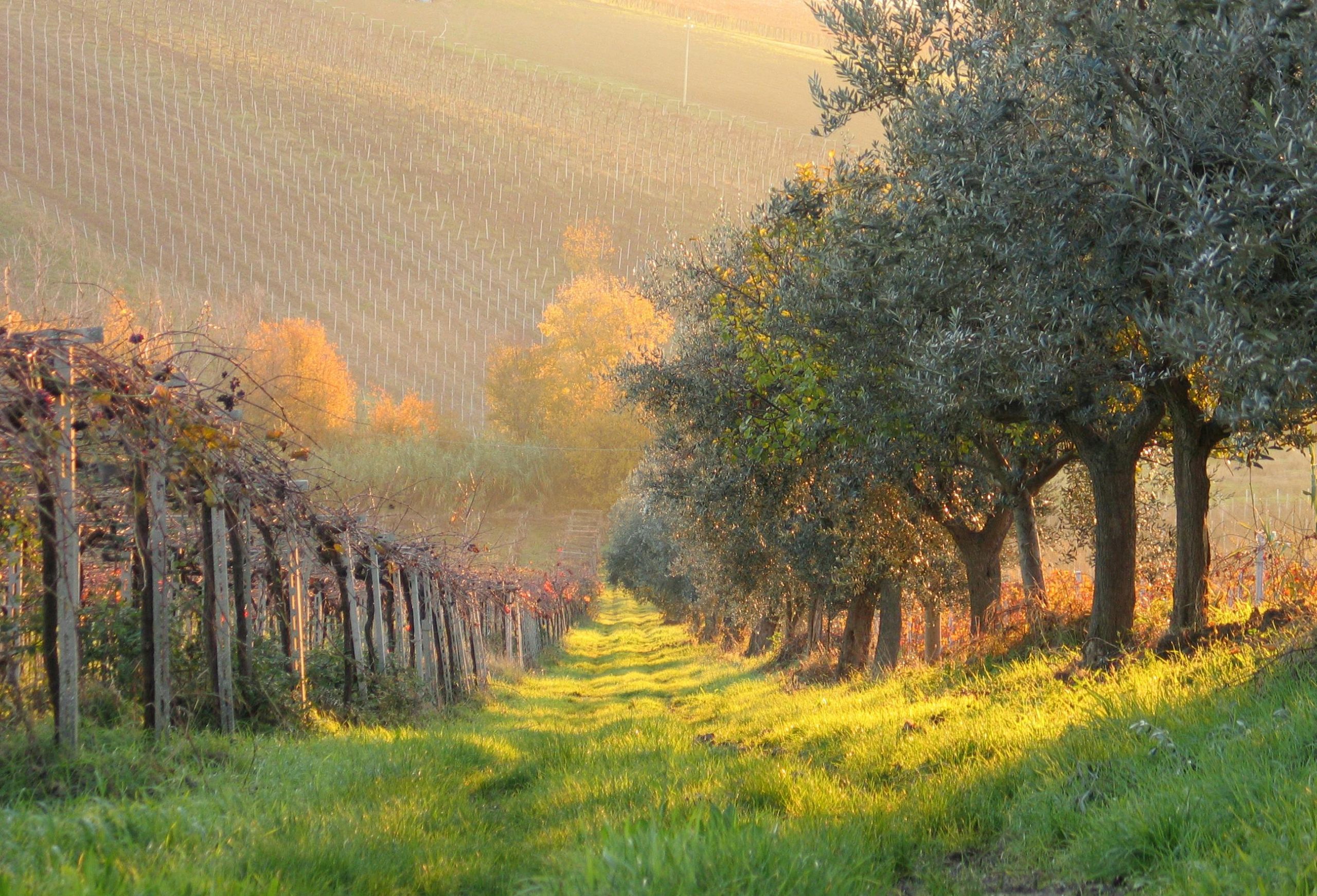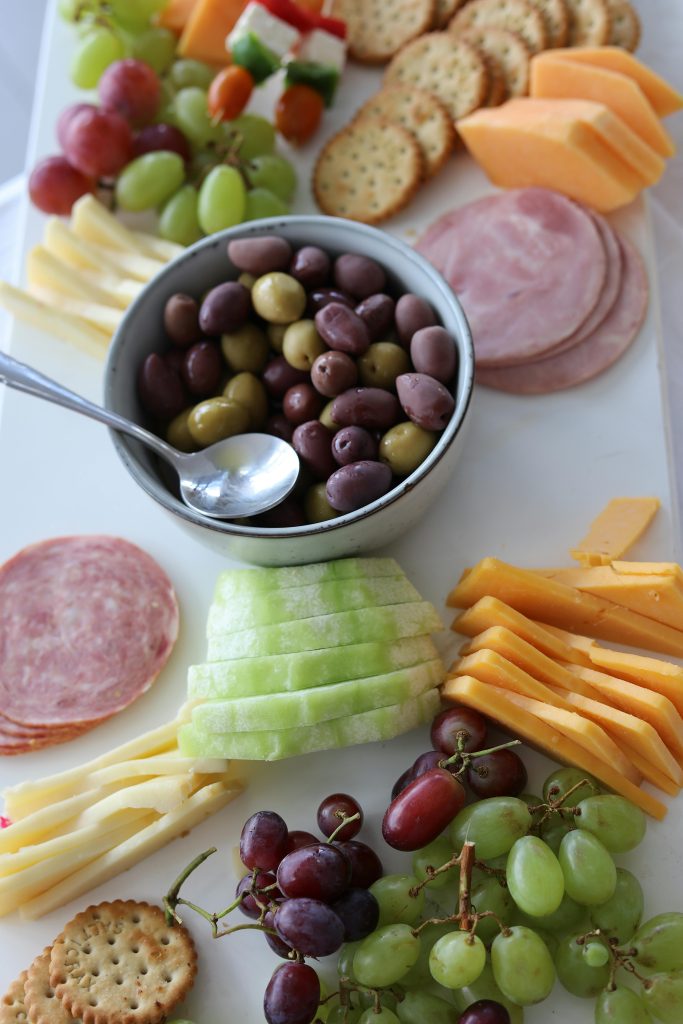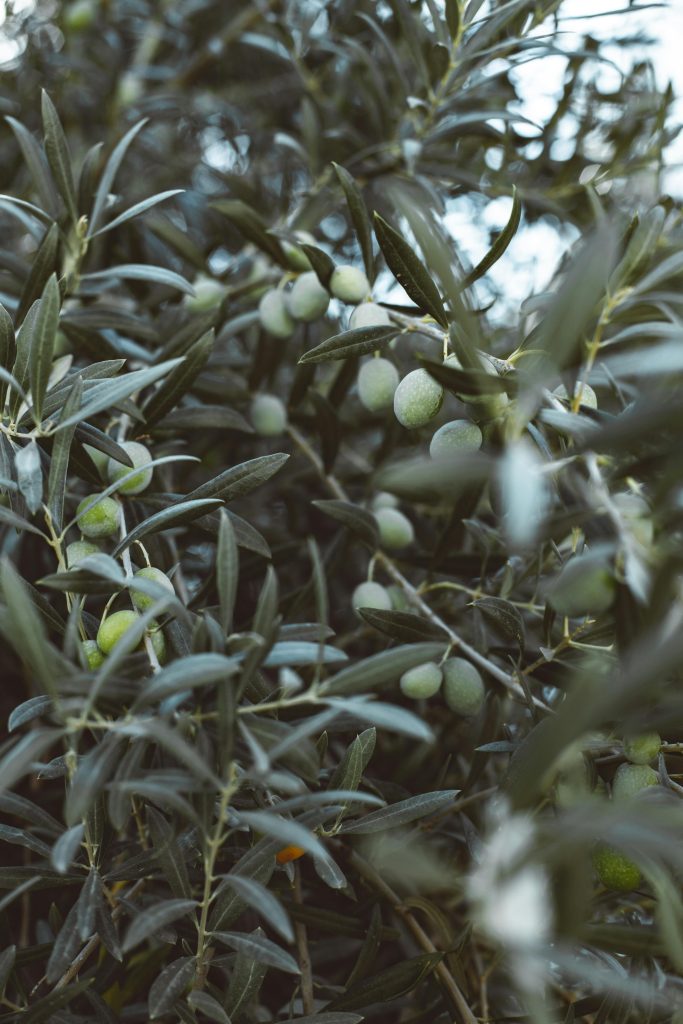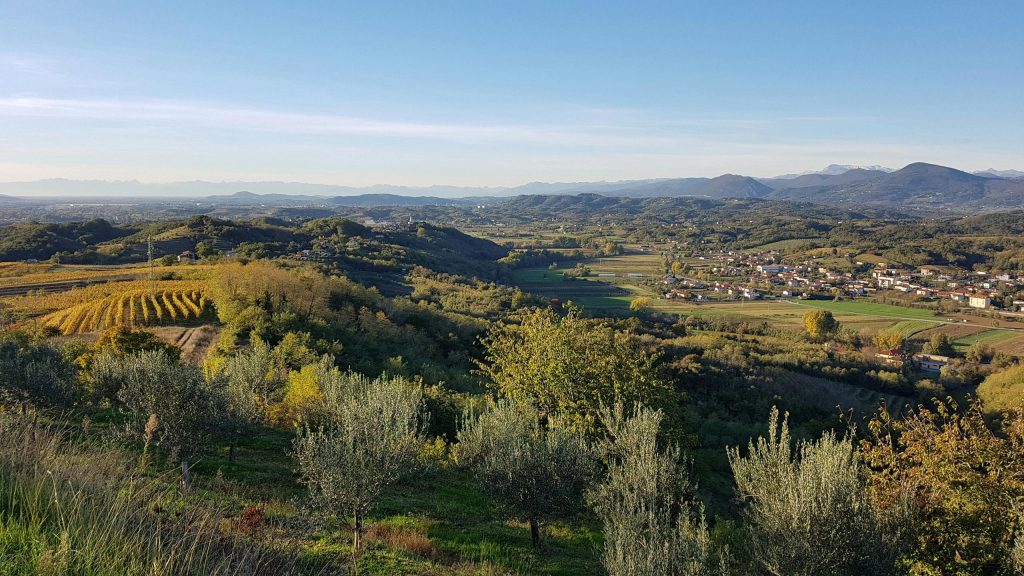
Vineyards are symbols of tradition, romance, and resilience. For centuries, they have defined entire regions, from Tuscany to Bordeaux, shaping not only landscapes but also cultures. But across parts of Europe and beyond, a quiet transformation is underway. Some winemakers are pulling up their vines and planting alternative crops like olive trees instead.
This change isn’t just a passing trend. It’s part of a larger shift in agricultural priorities, driven by climate change, market pressures, and the urgent need for sustainability. Let’s take a closer look at why some vineyards are trading grapes for olives—and what this means for the future of wine.
The Growing Pressure on Winegrowers
In recent years, winemakers have faced mounting challenges:
- Unpredictable weather has disrupted harvests across Europe. Late frosts, droughts, and extreme heat are increasingly common.
- Global wine markets are saturated. Cheap imports, particularly from countries with lower production costs, are undercutting local growers.
- Changing consumption habits are also playing a role. In many Western countries, especially Germany, younger generations are drinking less wine.

According to a Tagesschau article from March 2025, German winemaker Hermann Frisch from Weinsberg is converting his 2,400-square-meter vineyard into an olive grove. Why? Because wine production is no longer financially sustainable for him. Frisch points to low-priced wine imports as a major problem. He’s not alone.
The article also highlights how Frisch sourced most of his olive trees from San Michele all’Adige in northern Italy, facilitated through a partner exchange program with the State Education and Research Institute for Viticulture and Pomology Weinsberg (LVWO). A few trees came from Croatia. According to Frisch, climate change is the main factor making this shift even possible.
His children, who have taken over the family business, were enthusiastic from the beginning. The community’s reaction has also been largely positive. Frisch expects to plant 90 to 100 olive trees in total, with his first harvest expected within five to seven years.
Winemakers Alternative Crops—Why Olives?
Switching from vines to olives might sound like an odd move, especially in places where wine has been cultivated for centuries. But olives offer several advantages:
- Drought tolerance: Olive trees are better adapted to dry, hot conditions.
- Lower maintenance: Compared to grapes, olives typically require fewer inputs (like irrigation and pesticides).
- Long-term investment: Olive trees live for decades and can continue producing even in harsher climates.
Olives are increasingly viewed as a smart choice in regions where climate change is making grape-growing riskier and more labor-intensive. In fact, in areas like southern Germany, olives are thriving where once only vines stood. That’s no small shift—it’s a signal of what’s coming.

Not Just Germany: A Global Shift
The phenomenon isn’t limited to Germany. Around the world, other traditional wine regions are seeing a similar evolution.
| Region | New Crops Being Planted | Reason for Shift |
|---|---|---|
| Bordeaux, France | Olives | Heat and drought affect grape yields |
| Tuscany, Italy | Olives (alongside grapes) | Diversification and tradition |
| Alentejo, Portugal | Olives, figs, pomegranates | Sustainability and regeneration |
| California, USA | Almonds, olives, pistachios | Water shortages and changing markets |
| South Australia | Mixed crops | Climate variability and export pressures |
In Bordeaux, France, olive trees are gaining ground as some winegrowers abandon grape cultivation. Heatwaves and water stress have made grape yields unpredictable, while olive trees thrive in the same challenging conditions. (oliveoiltimes.com)
In Tuscany, Italy, estates like Fattoria di Fubbiano have long combined wine and olive oil production. With about 130 acres under management, they exemplify a balanced land-use model that might soon become more widespread. (twopartsitaly.com)
Portugal’s Alentejo region has embraced regenerative agriculture, blending vineyards with olive groves, fig trees, and cover crops to build biodiversity and resist drought. (wine-blog.org)
In California, olive cultivation is also gaining popularity due to severe water restrictions. Growers are switching to almonds and olives—both of which are more water-efficient than thirsty wine grapes.
A Changing German Landscape
Let’s go back to Germany for a moment.
Besides Hermann Frisch in Weinsberg, other winemakers are exploring new paths. In Lauffen am Neckar, Christian Seybold has planted a mix of olives and palm trees in his vineyard. Just beyond the border of Heilbronn-Franken, Marc Müller in Hessigheim is pushing boundaries even further. He now cultivates not only olives but also figs, kakis (persimmons), and pomegranates. Müller’s plan? To grow alternative crops on five hectares of vineyard land. His first olive harvest has already taken place.
According to statistics from the Tagesschau article, the total number of German wine farms has dropped by 64% since the 1990s. The reasons are clear: cheap imports, declining domestic wine consumption, and lack of generational succession. In fact, the amount of land planted with vines in Baden-Württemberg fell below 27,000 hectares last year—a low not seen since the early ’90s.
What This Means for the Wine Industry
So, what does this shift—winemakers planting alternative crops—mean long-term?
- Fewer vineyards could mean less local wine production in some areas.
- New crops like olives might attract different kinds of agritourism.
- Wine traditions could evolve, with mixed farms producing wine and olive oil side-by-side.
- Landscapes will change, too. Rolling hills once filled with vines may soon be dotted with silvery olive trees.
The upside? This could boost biodiversity, protect soil health, and strengthen rural economies.

Beyond Olives: Other Alternatives
Olives aren’t the only crops gaining ground. Farmers are also looking at:
- Figs
- Pomegranates
- Lavender
- Almonds and pistachios
- Agroforestry and regenerative agriculture
These crops can create more resilient farms, open up niche markets, and tap into growing consumer demand for specialty goods.
A Cultural Shift
There’s more to this story than just economics or climate. It’s about identity. Wine is deeply tied to cultural heritage. Replacing vines with olive trees can feel like giving up a piece of history.
But as Hermann Morast from the Württemberg Winegrowers’ Association says, it’s better than abandoning the land altogether. He welcomes the changes as a way to keep agricultural regions alive, even if they look a little different in the future.
“We need to recognize as a society that this structural change in viticulture will also affect us all—most obviously through changes in our cultural landscapes,” says Morast.
The association supports efforts to keep land in use, even if that means shifting to crops like olives. The hope is that a reimagined agricultural model can still honor regional heritage while staying financially sustainable.

What Comes Next?
This isn’t the end of wine. But it might be the beginning of a more flexible, sustainable agricultural system.
If you’re interested in how global forces like tariffs and shifting drinking habits are impacting wine, check out this article on the future of wine.
The big picture? Farmers are adapting. Some are getting creative. And consumers—that means us—can support this shift by exploring what these farms are now offering: high-quality olive oils, unique fruits, and yes, still some incredible wines.
Final Thoughts
Change is hard, especially in an industry rooted in centuries-old tradition. But it’s also an opportunity. By planting olives and other crops, winegrowers are not giving up. They’re evolving.
If you’re a wine lover, a fan of fine olive oil, or just someone interested in how climate and culture intersect, this story is one to watch. The vineyards may be changing—but the future of farming looks promising, silver-green, and full of possibility.
If you are one of these winemakers looking for alternative crops or already found one, let us know in the comments!